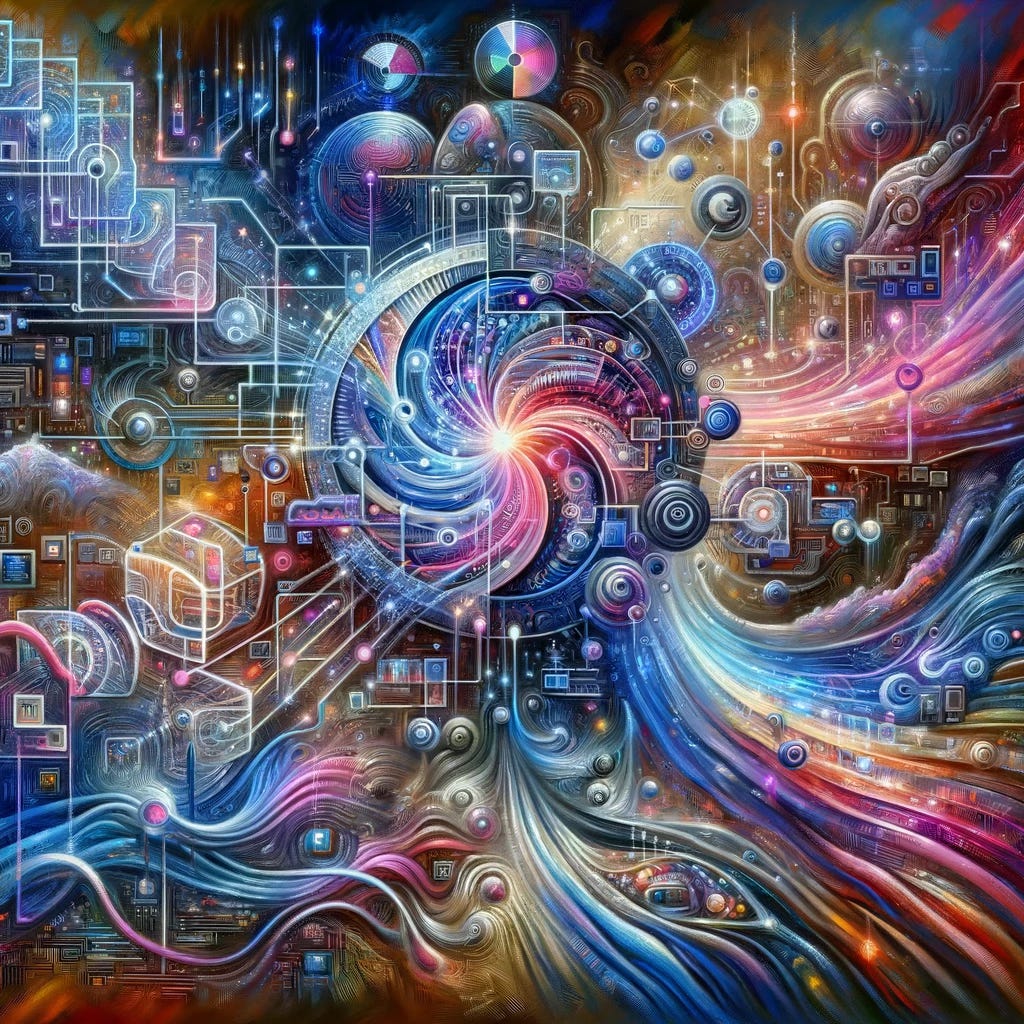Unlocking the Future: The Power of Multimodal AI
In an era where technology constantly evolves, multimodal AI emerges as a groundbreaking advancement, redefining our interaction with machines. But what exactly is multimodal AI, and why is it causing ripples across the tech community? Let's dive into a simplified exploration of this complex concept, its practical applications, and the benefits it brings to our digital lives.
Multimodal AI refers to artificial intelligence systems capable of understanding, processing, and responding to multiple types of data inputs simultaneously, such as text, images, audio, and video. This approach allows computers to comprehend the world in a more human-like manner, integrating diverse information sources to make sense of complex situations or tasks.
The magic of multimodal AI lies in its versatility. Traditional AI might excel in processing text or recognizing images, but multimodal AI bridges these capabilities, offering a holistic understanding that mirrors human interaction with the world. For instance, while conversing with a voice assistant, you can expect it not only to grasp spoken words but also to interpret the emotion behind them, analyze any accompanying images, and even understand contextual nuances, all at once.
Practical Applications and Benefits
Multimodal AI's applications span across various sectors, from healthcare to entertainment. In healthcare, it enhances diagnostic accuracy by analyzing patient data, medical images, and lab reports collectively, offering more comprehensive insights for treatment plans. In customer service, it enables chatbots to understand queries better, whether through text or voice, and respond with more relevant and personalized solutions.
One of the most exciting applications is in the realm of autonomous vehicles. Here, multimodal AI integrates visual data, sensor information, and historical traffic patterns to navigate safely, making real-time decisions that ensure passenger safety and comfort.
Enhancing Everyday Tasks and User Experiences
Imagine a scenario where you're planning a dinner party. A multimodal AI system could assist you not just by suggesting recipes but by analyzing your guests' dietary preferences through text messages, identifying available ingredients through your refrigerator's camera, and playing tutorial videos that match your cooking skill level. This level of personalized assistance is what sets multimodal AI apart, making technology more intuitive, helpful, and capable of enhancing our daily lives in unprecedented ways.
In the realm of education, multimodal AI transforms learning experiences by adapting to various learning styles. It can provide written explanations, solve mathematical problems visually, and support these with auditory explanations, catering to the diverse needs of learners and facilitating a more inclusive and effective education system.
Conclusion
Multimodal AI stands at the forefront of the next wave of technological innovation, promising to make our interactions with machines more natural and intuitive. By processing and interpreting information from multiple sources, it paves the way for a future where technology understands and responds to us with unprecedented accuracy and personalization. As we continue to explore and expand the capabilities of multimodal AI, we can look forward to a world where technology not only simplifies tasks but also enriches our human experiences, making every interaction more meaningful and productive.


